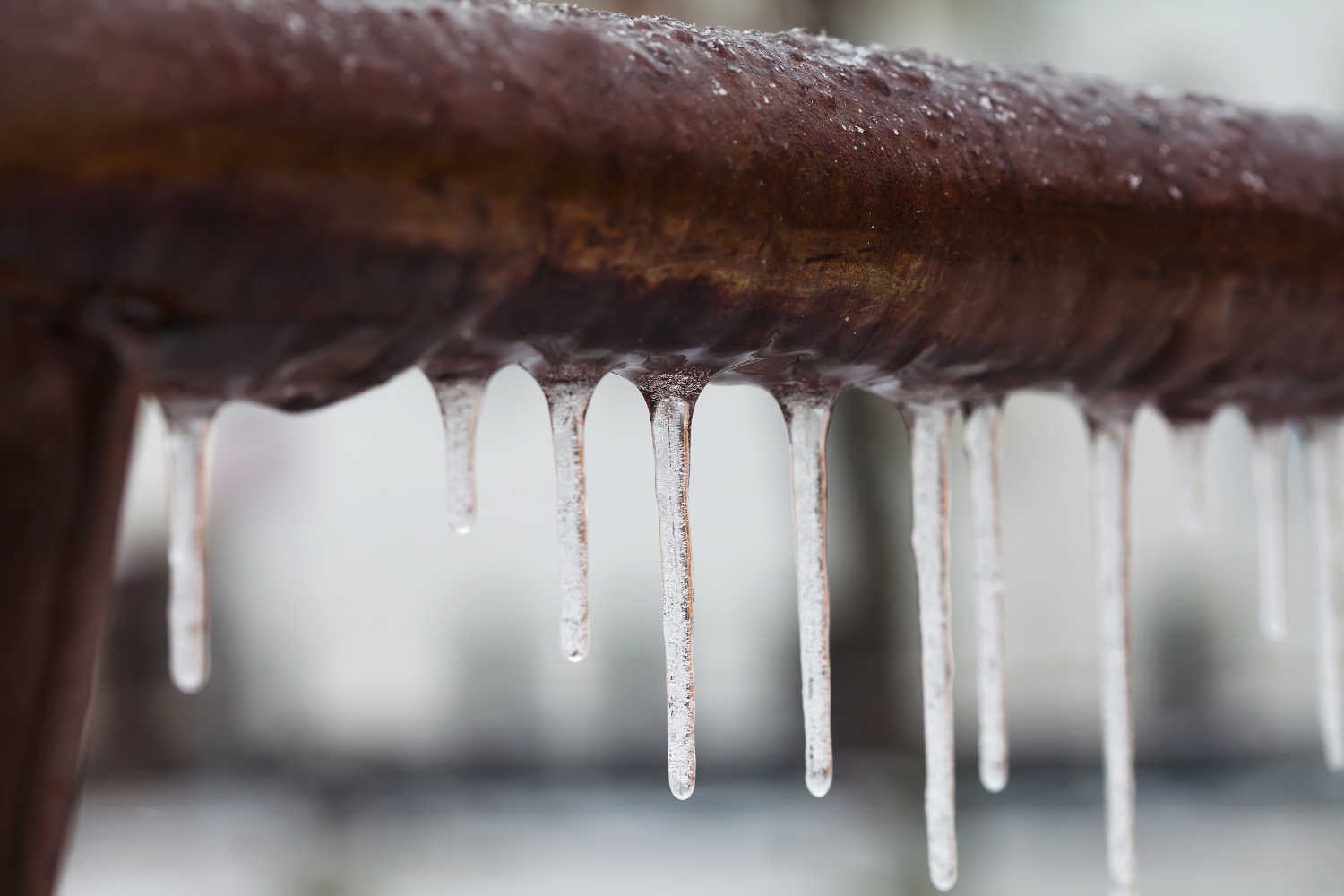

Articles
How To Keep Pipes In Attic From Freezing
Modified: January 6, 2024
Learn effective techniques for preventing pipes in your attic from freezing with these informative articles.
(Many of the links in this article redirect to a specific reviewed product. Your purchase of these products through affiliate links helps to generate commission for Storables.com, at no extra cost. Learn more)
Introduction
As the winter season approaches, homeowners face the challenge of protecting their homes from the harsh weather conditions. One particular area of concern is the attic, where pipes are vulnerable to freezing and potential damage. Frozen pipes can lead to costly repairs and inconvenience. Therefore, it is important to take preventative measures to keep pipes in the attic from freezing.
In this article, we will explore the causes of frozen pipes in the attic, assess the risks involved, and share effective strategies to prevent freezing. We will also discuss the importance of insulation, heat sources, and maintaining a consistent temperature. Additionally, we will provide troubleshooting tips for dealing with extreme cold situations. By following these guidelines, homeowners can minimize the chances of frozen pipes and ensure the smooth functioning of their plumbing system throughout the winter months.
Key Takeaways:
- Prevent frozen pipes in the attic by insulating, sealing air leaks, and using heat sources like space heaters or heat trace tape. Regularly maintain and troubleshoot to avoid costly repairs and inconvenience.
- Assess the risk of frozen pipes based on geographical location, insulation quality, and heat sources. Take proactive measures to insulate, maintain a consistent temperature, and deal with extreme cold to protect your plumbing system.
Read more: How To Keep Outdoor Pipes From Freezing
Understanding the Problem
To effectively address the issue of frozen pipes in the attic, it is crucial to understand the underlying causes. During the winter season, the primary reason for freezing pipes is the drop in temperature. When exposed to cold air, the water inside the pipes can freeze, causing them to expand and potentially burst.
The attic is particularly susceptible to freezing pipes due to its location. Often, attics are poorly insulated compared to other areas of the house, making them prone to temperature fluctuations. Additionally, attics are typically unheated or receive inadequate heat, which further contributes to the freezing problem.
Another factor that can exacerbate the issue is the presence of air leaks in the attic. These leaks allow cold air to enter, posing a higher risk of pipe freezing. It is essential to identify and seal any gaps, cracks, or holes where cold air might seep in.
Furthermore, it is essential to understand the consequences of frozen pipes. When pipes freeze and expand, they can lead to cracks or bursts. Once the ice thaws, water leakage can occur, causing water damage to the property. Additionally, frozen pipes can disrupt the water flow, leading to a loss of water supply and potential damage to appliances or fixtures connected to the affected pipes.
By understanding the causes and consequences of frozen pipes in the attic, homeowners can take proactive steps to prevent freezing and protect their plumbing system.
Assessing the Risk
Before implementing preventive measures, it is important to assess the risk of frozen pipes in the attic. Several factors contribute to the level of risk, including the geographical location, insulation quality, and the presence of heat sources in the attic.
Geographical Location: The severity of winter weather in a specific region plays a significant role in determining the risk of frozen pipes. Areas with extremely low temperatures or harsh winter climates are more prone to pipe freezing. Homeowners in these regions should be particularly vigilant and take extra precautions to prevent frozen pipes.
Insulation Quality: The insulation in the attic is crucial in maintaining a consistent temperature and preventing heat loss. Poor insulation can result in significant temperature fluctuations, increasing the likelihood of frozen pipes. Homeowners should assess the condition of the insulation and consider upgrading if necessary.
Presence of Heat Sources: The availability of heat sources in the attic can significantly reduce the risk of frozen pipes. If the attic is adequately heated or if there are heat-emitting devices such as heaters or heat tapes installed near the pipes, the chances of freezing are substantially decreased.
Additionally, the positioning of the pipes within the attic also affects the risk. Pipes located near exterior walls or in areas prone to drafts are more susceptible to freezing. Evaluating the layout and positioning of the pipes will help homeowners identify high-risk areas and prioritize insulation and heat source installation accordingly.
By taking these factors into consideration, homeowners can gain a better understanding of the level of risk and tailor their preventive measures to effectively protect their pipes from freezing in the attic.
Insulation Tips
Proper insulation is a key component in preventing frozen pipes in the attic. Here are some insulation tips to consider:
- Insulate the Attic: Ensure that the attic space is properly insulated to maintain a consistent temperature. This will help prevent heat loss and minimize the chances of pipes freezing. Use insulation material, such as fiberglass or foam insulation, and cover all exposed surfaces, including walls, ceilings, and floors.
- Seal Air Leaks: Identify and seal any gaps, cracks, or holes in the attic that may allow cold air to enter. Use caulk or weatherstripping to seal around windows, doors, and any other areas where air leakage may occur. This will help maintain a stable temperature and reduce the risk of freezing.
- Insulate Pipe Sleeves: Wrap pipe sleeves made of foam insulation around exposed pipes in the attic. This will provide an additional layer of insulation and help prevent heat transfer to the surrounding cold air. Make sure to properly seal the ends of the pipe sleeves to maximize their effectiveness.
- Insulate Attic Access Points: Pay attention to the insulation around attic access points, such as trap doors or pull-down stairs. Ensure that these openings are properly insulated and sealed to prevent cold air infiltration.
- Consider Using Heat Trace Tape: Install heat trace tape along the pipes in the attic. Heat trace tape provides controlled heat to prevent freezing. It is designed to be self-regulating, meaning it adjusts its heat output to the ambient temperature. This helps maintain the pipes’ temperature above freezing while conserving energy.
- Consult a Professional: If you are unsure about the right insulation methods and materials for your attic, consider consulting a professional insulation contractor. They can assess your attic’s specific needs and recommend the most effective insulation solutions.
By implementing these insulation tips, homeowners can ensure that their attic is properly insulated, reducing the risk of frozen pipes and maintaining a stable indoor climate during winter.
Heat Sources
Providing adequate heat in the attic is crucial to prevent pipes from freezing. Here are some heat sources to consider:
- Heating System Extension: If your home’s heating system does not currently reach the attic, consider extending it to ensure the area receives sufficient heat. This can be done by adding additional heating vents or ducts specifically for the attic. Consulting with an HVAC professional will help determine the best solution for your home.
- Space Heaters: Another option is to use space heaters strategically placed in the attic. Electric space heaters can provide targeted heat to specific areas, helping to maintain a warm temperature around the pipes. Make sure to follow all safety precautions and keep the space heaters away from any flammable materials.
- Heat Lamps: Heat lamps can be used as a supplemental heat source in the attic. Place them near the pipes or in areas where freezing is more likely to occur. Heat lamps emit focused heat, helping to prevent freezing and ensuring the pipes remain at a safe temperature.
- Heat Cables: Heat cables, also known as heat tapes or pipe trace heating, can be installed along the pipes in the attic. These cables are designed to provide electric heat, preventing freezing in extremely cold temperatures. They can be self-regulating or controlled by a thermostat, ensuring the pipes remain at an optimal temperature.
- Insulated Pipe Wraps: For additional heat retention, consider using insulated pipe wraps. These wraps provide an extra layer of insulation around the pipes, helping to maintain their temperature and prevent freezing. Insulated pipe wraps are available in different materials, such as foam or fiberglass, and can be easily installed.
- Consider Solar Heat: If feasible, harnessing solar heat can be an eco-friendly and cost-effective option. Install solar panels on the roof and use the generated energy to power heat sources in the attic. This sustainable heating solution can help keep the pipes warm and minimize the risk of freezing.
Remember to follow the manufacturer’s instructions and safety guidelines when using heat sources in the attic. Regularly inspect and maintain the heat sources to ensure their proper functioning throughout the winter season.
By implementing these heat source options, homeowners can effectively provide warmth to the attic space, reducing the risk of frozen pipes and maintaining a comfortable and functional plumbing system.
Ensure proper insulation around the pipes in the attic to prevent freezing. Use foam insulation sleeves or wrap the pipes with heat tape. Keep the attic well ventilated to maintain a consistent temperature.
Pipe Insulation
Properly insulating the pipes in the attic is a key preventive measure to protect them from freezing. Here are some tips for pipe insulation:
- Choose the Right Insulation Material: Select insulation materials that are suitable for pipe insulation, such as foam pipe sleeves or fiberglass pipe wrap. These materials provide a protective layer around the pipes, helping to maintain their temperature and prevent freezing.
- Measure and Cut Properly: Measure the length of the pipes accurately and cut the insulation materials accordingly. Ensure a snug fit by wrapping the insulation tightly around the pipes. Proper insulation coverage is essential to maximize its effectiveness.
- Seal the Joints: Use duct tape or PVC tape to seal the joints where the insulation meets. This will help prevent air leaks and further enhance the insulation’s ability to maintain the pipes’ temperature.
- Insulate Hot and Cold Water Pipes: It is important to insulate both hot and cold water pipes in the attic. Although hot water pipes may have some heat from the water running through them, they are still susceptible to freezing if the attic temperature drops significantly.
- Pay Attention to Exposed Pipes: Identify any exposed pipes in the attic and prioritize insulating them. Exposed pipes are more vulnerable to freezing and require extra insulation. This includes pipes near windows, exterior walls, or areas with drafts.
- Insulate Pipe Joints and Valves: Do not forget to insulate pipe joints, fittings, and valves. These areas are particularly prone to freezing due to their higher likelihood of air leaks. Insulating these critical points will help ensure adequate protection from the cold.
- Consider Insulating the Entire Length: In extreme cold climates or if your attic experiences prolonged freezing temperatures, it may be beneficial to insulate the entire length of the pipes, including those within the walls or ceiling. This will provide comprehensive protection and minimize the risk of freezing.
Regularly inspect the insulation to ensure it remains intact and in good condition. Replace any damaged or worn-out insulation promptly. Proper maintenance of pipe insulation is essential for long-term effectiveness in preventing freezing.
By following these pipe insulation tips, homeowners can safeguard their plumbing system from freezing and maintain a reliable water supply throughout the winter season.
Maintaining a Consistent Temperature
Maintaining a consistent temperature in the attic is vital for preventing pipes from freezing. Here are some tips to help maintain a stable temperature:
- Monitor the Thermostat: Ensure that the thermostat in your home is set to a temperature that will provide sufficient heat to the attic. The recommended temperature range is generally between 55-65 degrees Fahrenheit (12-18 degrees Celsius). This will help prevent the attic from becoming too cold and minimize the risk of frozen pipes.
- Open Attic Access Points: If your attic has access points, such as trap doors or pull-down stairs, make sure to keep them open during the winter season. This will allow warm air from the living spaces to circulate into the attic, helping to maintain a consistent temperature.
- Move or Add Insulation: Inspect the insulation in the attic and ensure it is evenly distributed. If you notice any areas with inadequate insulation or signs of heat loss, consider adding or rearranging insulation to improve coverage and minimize temperature fluctuations.
- Seal Air Leaks: Gaps, cracks, and holes in the attic can allow cold air to seep in, causing temperature variations. Identify and seal any air leaks using caulk or weatherstripping. This will help maintain a stable temperature and reduce the risk of freezing.
- Use Ceiling Fans: If your attic has sufficient headroom, consider installing ceiling fans. In the winter, setting the fans to run in reverse (clockwise) will help circulate warm air and distribute heat more evenly throughout the attic.
- Consider Attic Ventilation: Proper attic ventilation is crucial for maintaining a balanced temperature and preventing humidity buildup. Adequate ventilation helps prevent condensation, which can contribute to frozen pipes. If your attic lacks proper ventilation, consult with a professional to install vents or exhaust fans.
Additionally, it is important to note that maintaining a consistent temperature throughout the entire winter season is essential. Even during warmer periods, it is recommended to keep the thermostat set to a reasonable temperature to avoid sudden drops in attic temperature.
By implementing these strategies for maintaining a consistent temperature in the attic, homeowners can reduce the risk of frozen pipes and ensure the smooth functioning of their plumbing system during the winter months.
Dealing with Extreme Cold
In areas that experience extremely cold temperatures, additional precautions are necessary to protect pipes in the attic from freezing. Here are some strategies for dealing with extreme cold:
- Keep Faucets Dripping: During severe cold spells, allow faucets connected to vulnerable pipes to drip slowly. Running water, even in small amounts, can help prevent pipes from freezing by relieving pressure and allowing water to move through the pipes.
- Open Cabinet Doors: Kitchen and bathroom cabinets that contain pipes can be opened to allow warm air to circulate around the pipes. This helps prevent freezing by ensuring a warmer environment around the vulnerable areas.
- Apply Heat Tape: In extremely cold climates, where prolonged freezing temperatures are common, consider installing heat tape along the pipes in the attic. Heat tape provides controlled, continuous heat to the pipes, preventing freezing even in the harshest conditions.
- Insulate Exposed Pipes: Identify any exposed pipes in the attic and provide extra insulation. This can be done by using foam pipe sleeves or fiberglass wrap to add an additional layer of protection against freezing temperatures. Pay special attention to pipes near exterior walls or areas with drafts.
- Utilize Temporary Heat Sources: In situations of extreme cold, temporary heat sources can be used to keep the attic warmer. Options include portable heaters, heat lamps, or well-placed heat-emitting devices. Be cautious when using heat sources and ensure they are safely positioned and operated according to manufacturer guidelines.
- Monitor the Weather: Stay informed about weather forecasts, especially during cold snaps or extreme winter weather. Being aware of incoming cold fronts allows you to take necessary precautions and adjust your prevention measures accordingly.
- Consider Professional Help: If you are uncertain about dealing with extreme cold or lack the expertise to implement preventive measures, it is advisable to consult with a professional plumber or insulation contractor. They can assess your specific situation and recommend the most effective strategies to protect your pipes from freezing.
Remember that extreme cold can pose a considerable risk to your plumbing system. Taking these extra precautions will help minimize the chances of frozen pipes and avoid potential damage during severe winter conditions.
Troubleshooting
Despite your best efforts to prevent frozen pipes in the attic, there may still be instances where troubleshooting is necessary. Here are some troubleshooting tips to address potential freezing issues:
- Locate the Frozen Pipe: If you suspect that a pipe in the attic has frozen, start by locating the frozen section. Look for areas where there is no water flow or where the pipe feels unusually cold to the touch.
- Open Faucets: Open the affected faucet or taps connected to the frozen pipe. This can help relieve pressure in the system and allow water to escape once the pipe thaws.
- Apply Heat: Use a hairdryer, heat lamp, or heated towels to gently apply heat to the frozen section of the pipe. Start from the faucet end and work your way towards the frozen area. Never use an open flame or high heat sources, as they can damage the pipe.
- Thaw with Warm Air: If the frozen pipe is behind a wall or inaccessible, try directing warm air towards the area. This can be done using a space heater, heating blanket, or by increasing the thermostat temperature in the affected room.
- Leave Cabinet Doors Open: If the frozen pipe is located inside a cabinet, open the cabinet doors to allow warm air to circulate around the pipe. This can help facilitate the thawing process.
- Use Heat Tape: If you have heat tape installed on the pipes, turn it on and allow it to thaw the frozen section gradually. Follow the manufacturer’s instructions to ensure safe and effective use.
- Call a Professional: If you are unable to locate the frozen pipe or if you encounter any difficulties in thawing it, it is advisable to seek professional assistance. A licensed plumber will have the necessary tools and expertise to safely identify and address frozen pipe issues.
Remember, prevention is always better than troubleshooting. Regularly inspect and take preventive measures to minimize the risk of frozen pipes in the attic. By doing so, you can avoid the inconvenience and potential damage caused by freezing pipes.
Read more: How To Keep Driveway From Freezing
Conclusion
Protecting pipes in the attic from freezing is critical for homeowners during the winter season. Frozen pipes can lead to costly repairs, water damage, and inconvenience. However, by implementing the right preventive measures, homeowners can minimize the risk of frozen pipes and ensure the smooth functioning of their plumbing system.
In this article, we explored the causes of frozen pipes in the attic, assessed the risks involved, and provided effective strategies for prevention. We discussed the importance of insulation, heat sources, pipe insulation, maintaining a consistent temperature, and troubleshooting tips for dealing with extreme cold. By following these guidelines, homeowners can significantly reduce the chances of frozen pipes and mitigate potential damage.
Remember to properly insulate the attic, seal air leaks, and consider using heat sources such as space heaters, heat lamps, or heat trace tape. Insulate exposed pipes and pay attention to signs of freezing during extreme cold weather. Stay informed about weather forecasts and take extra precautions during severe winter conditions. If you encounter frozen pipes, use appropriate thawing techniques or seek professional assistance if needed.
Maintaining a consistent temperature and regularly inspecting and maintaining insulation and heat sources in the attic are essential for long-term prevention. By following these tips and being proactive in protecting your plumbing system, you can enjoy a worry-free winter season without the disruption and expense caused by frozen pipes.
Remember, when it comes to frozen pipes, prevention is key. Take the necessary steps to safeguard your home, keep your pipes from freezing, and ensure a comfortable and well-functioning plumbing system all winter long.
Frequently Asked Questions about How To Keep Pipes In Attic From Freezing
Was this page helpful?
At Storables.com, we guarantee accurate and reliable information. Our content, validated by Expert Board Contributors, is crafted following stringent Editorial Policies. We're committed to providing you with well-researched, expert-backed insights for all your informational needs.
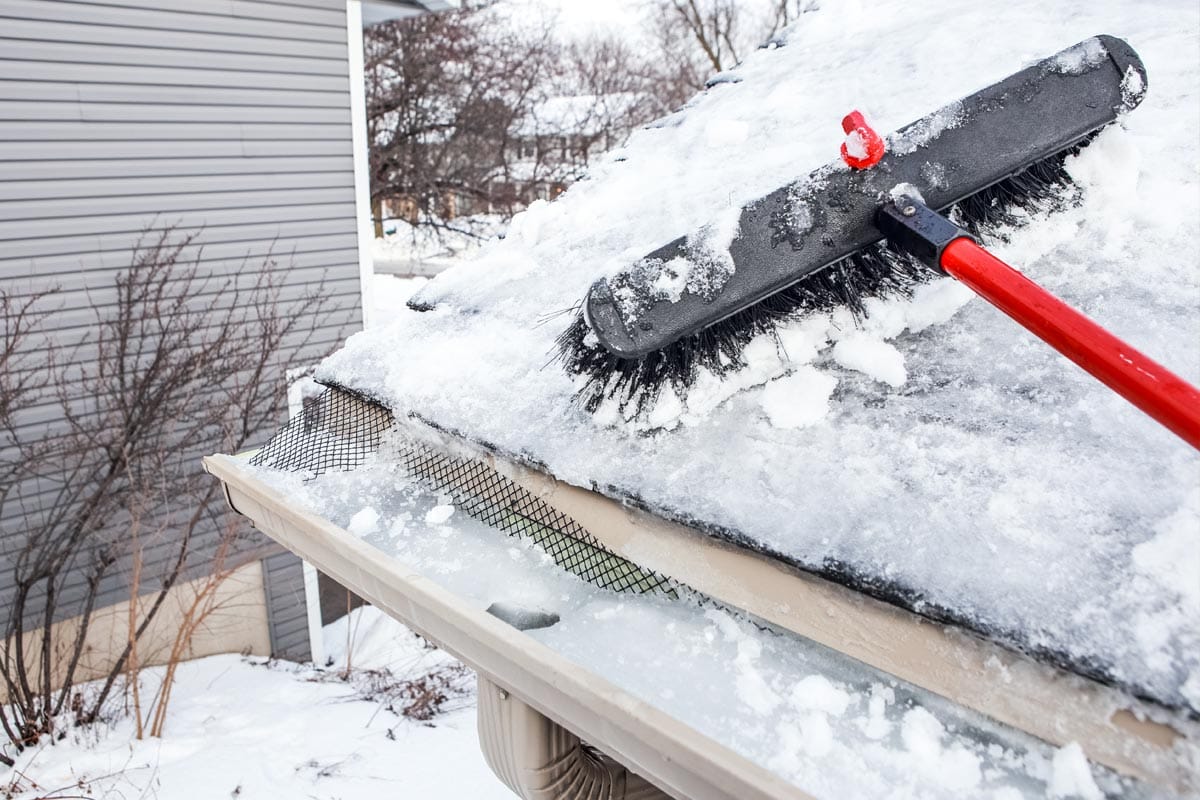
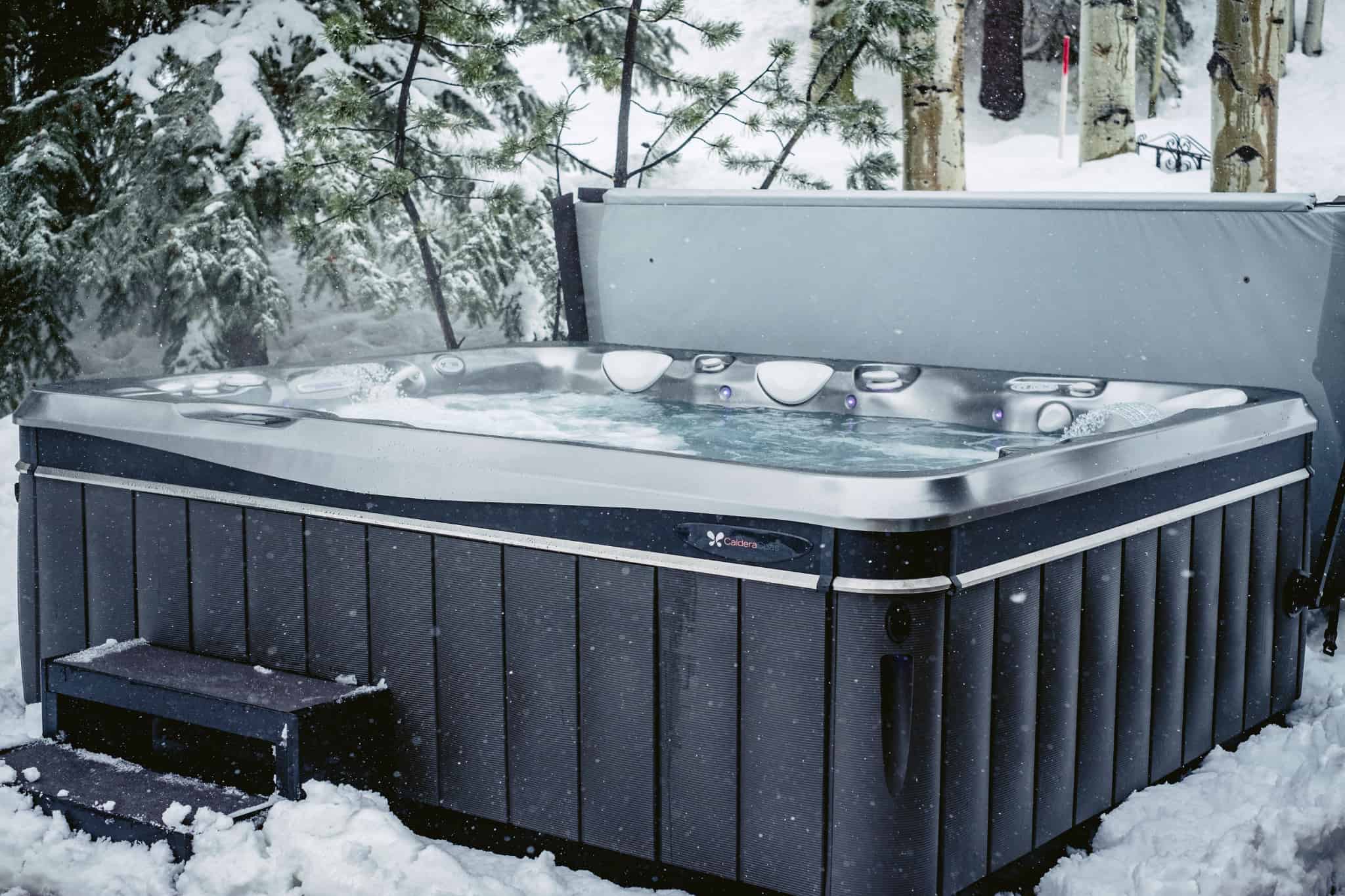
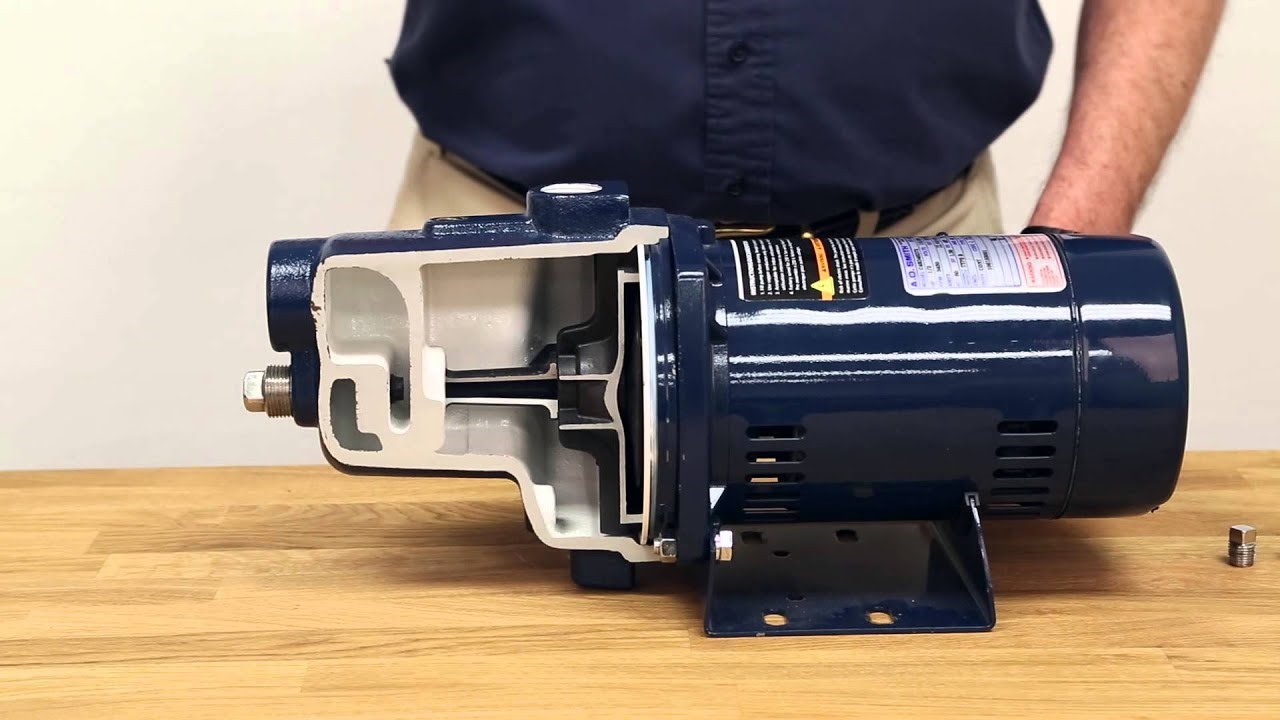
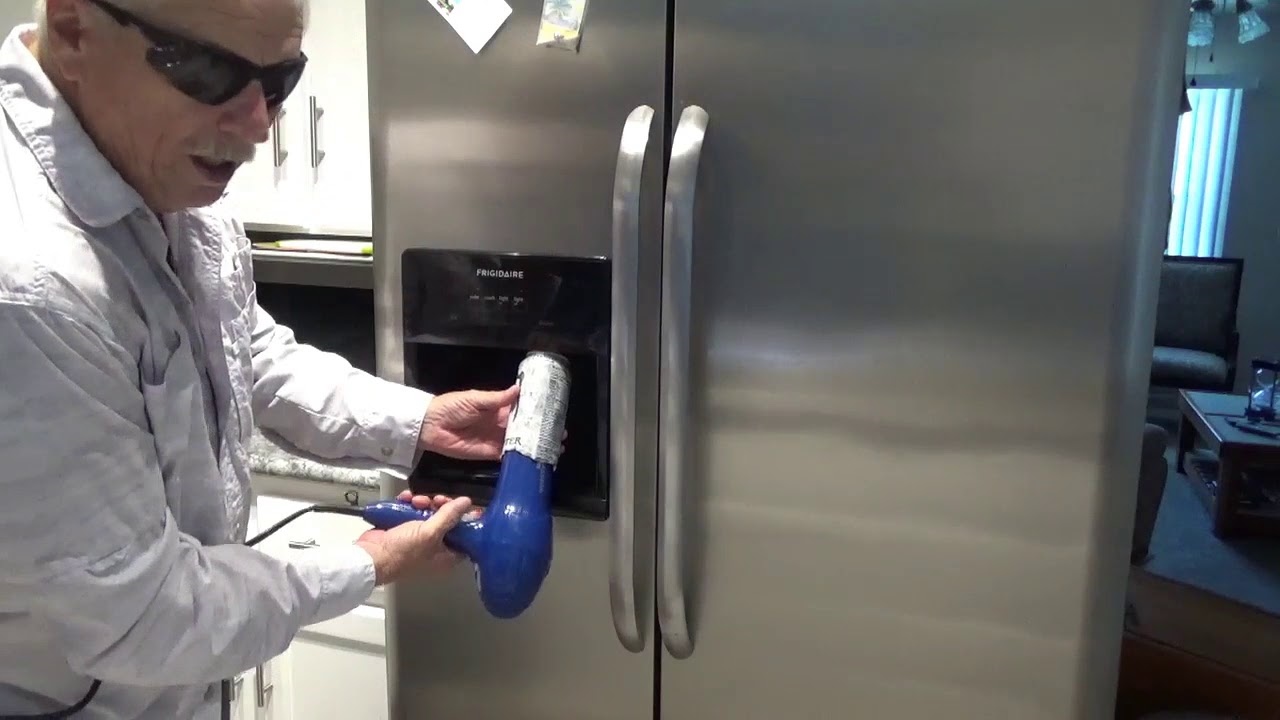
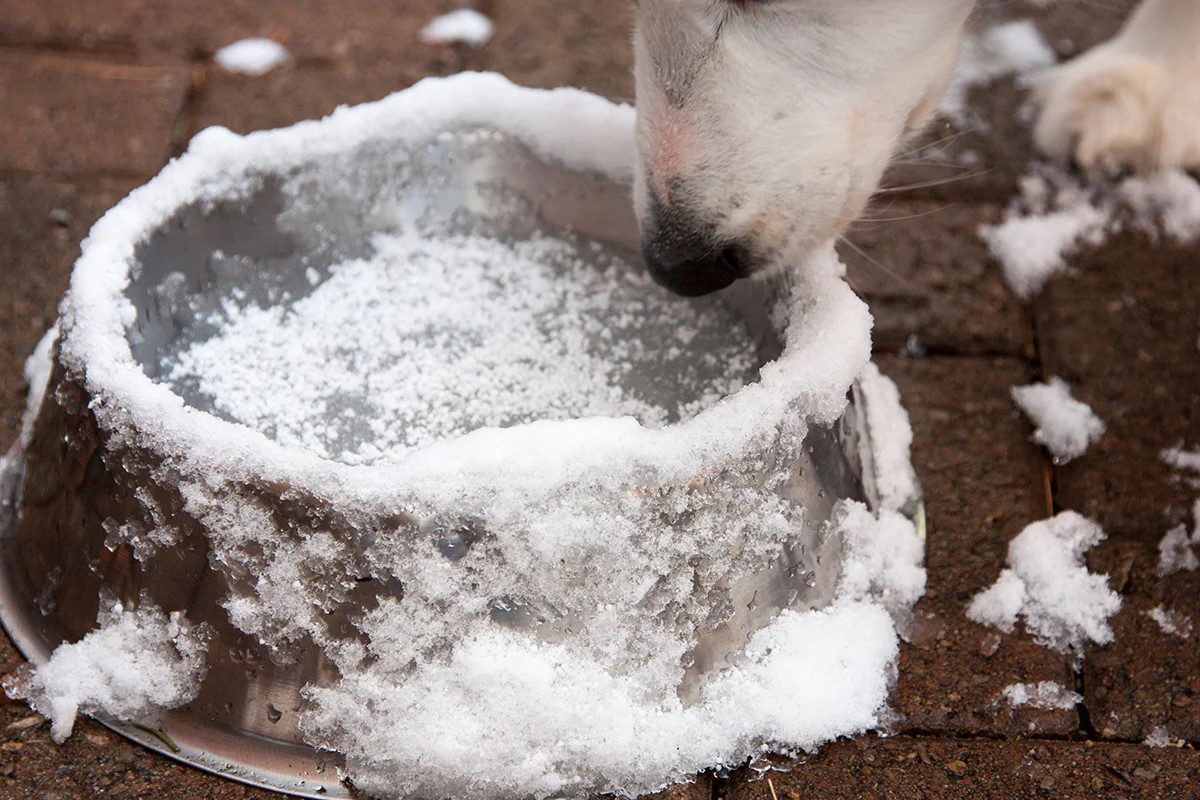
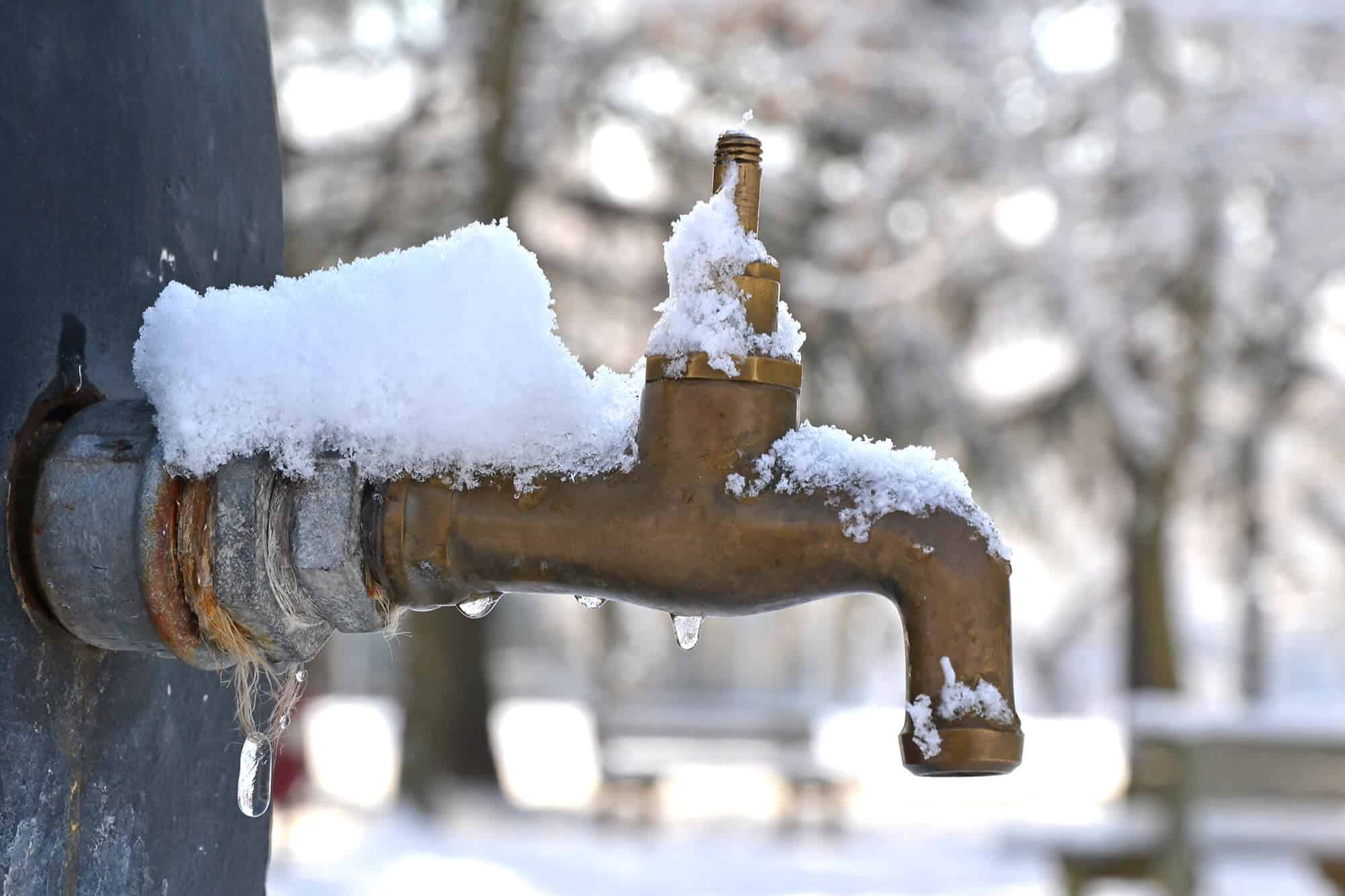
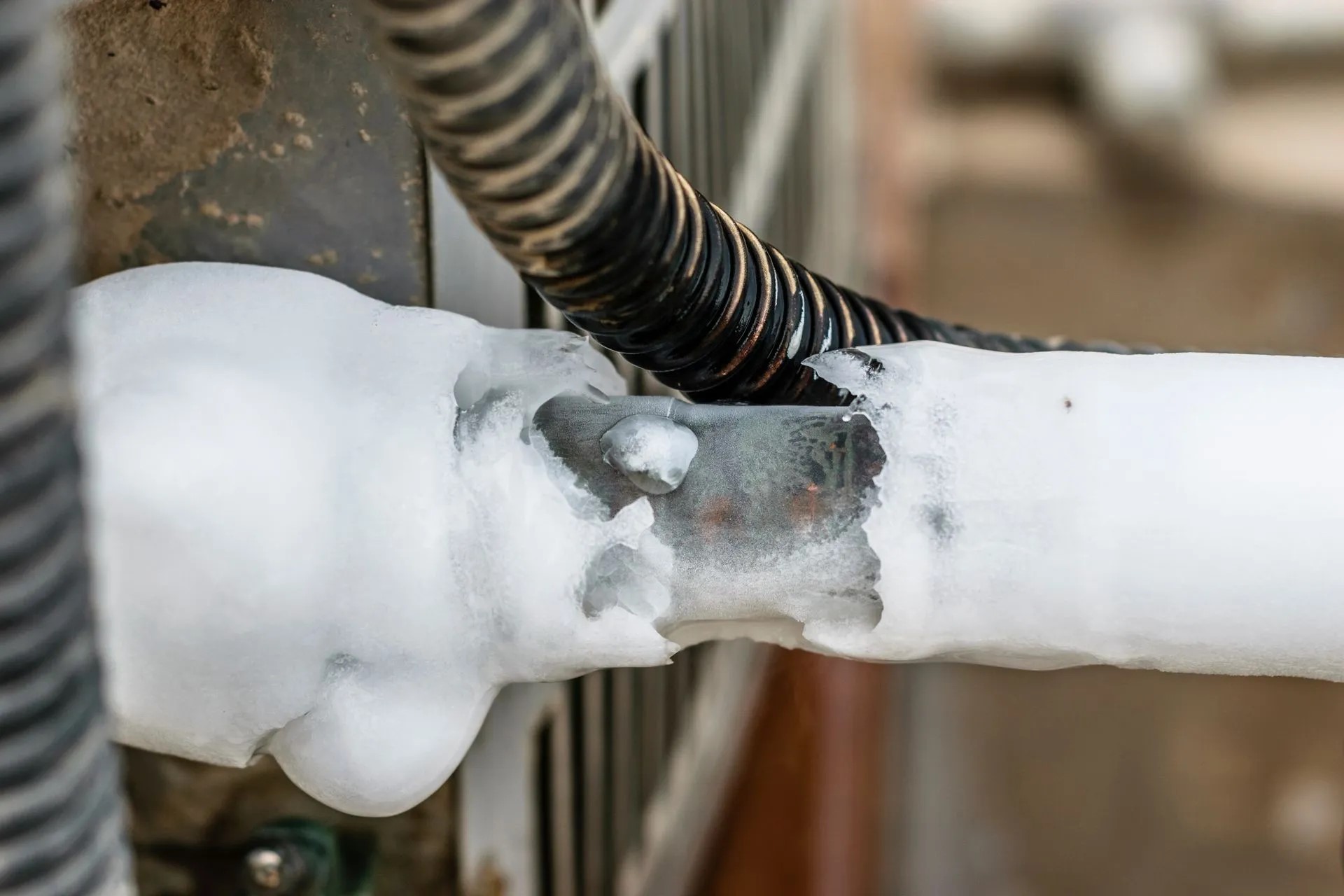
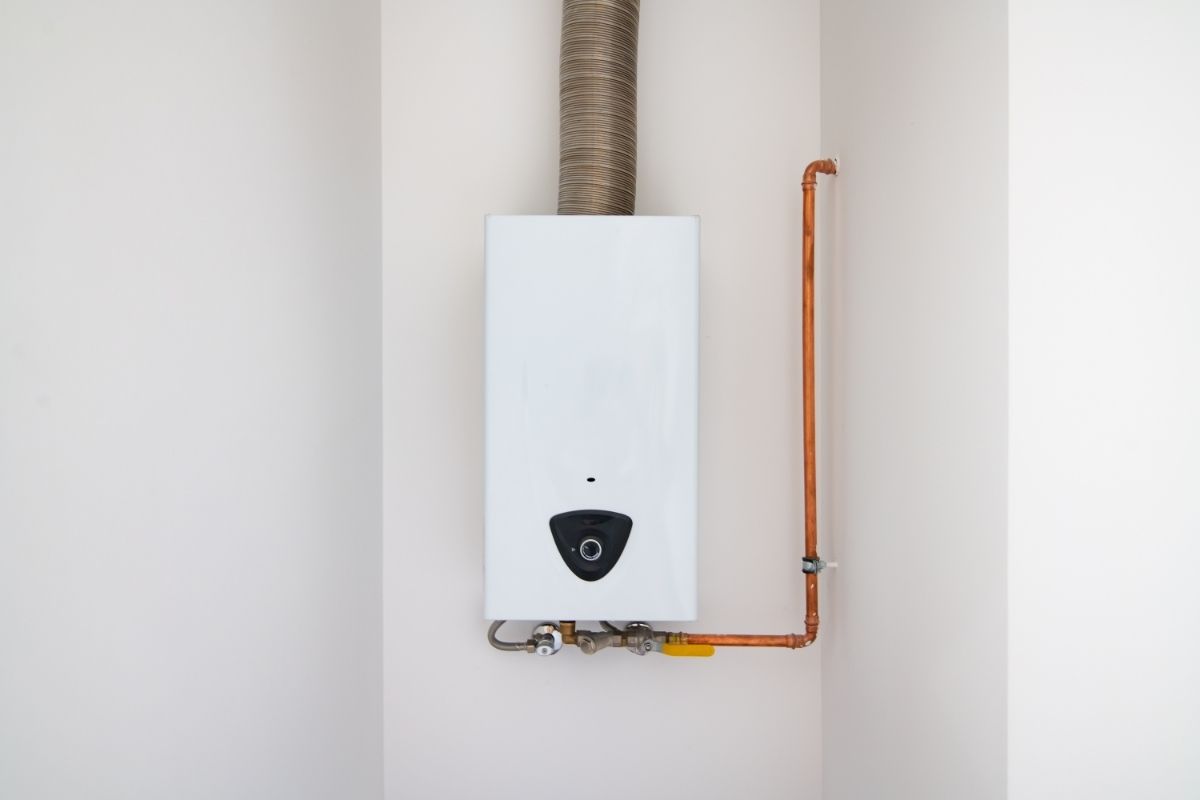
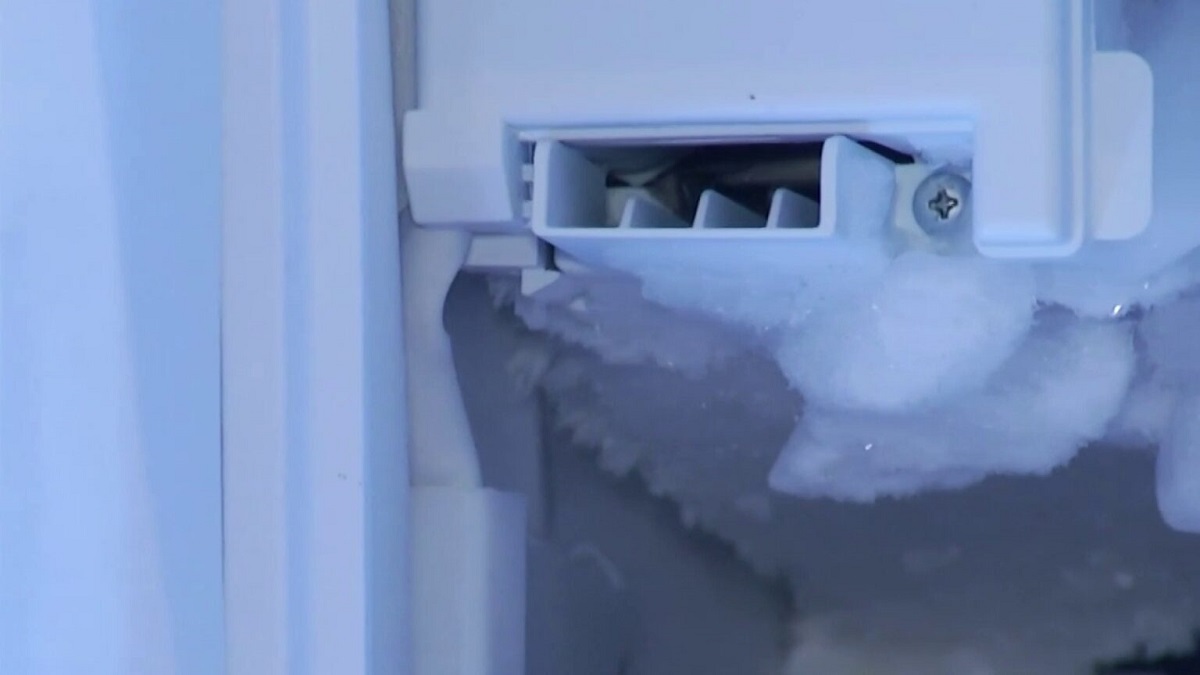
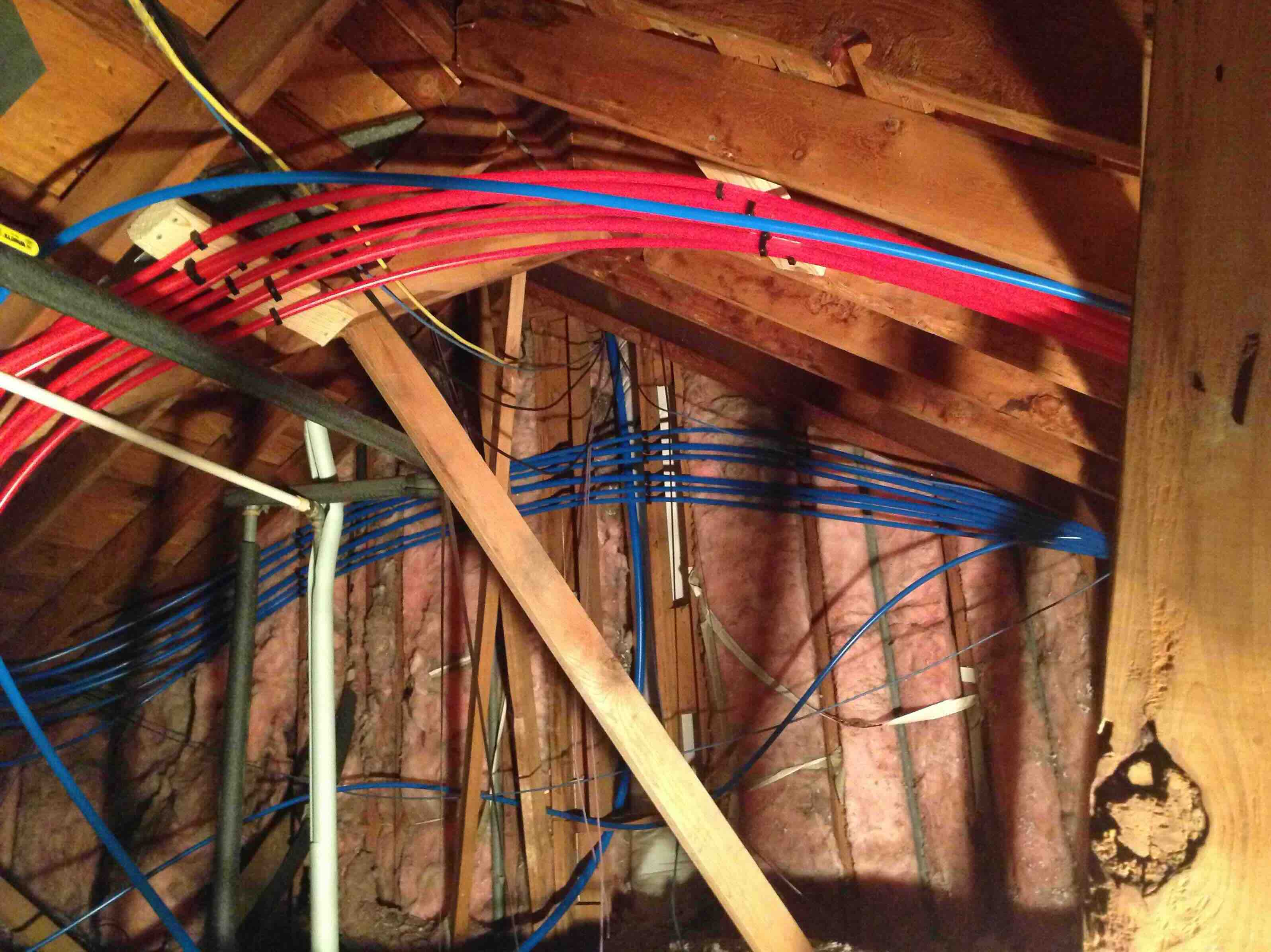
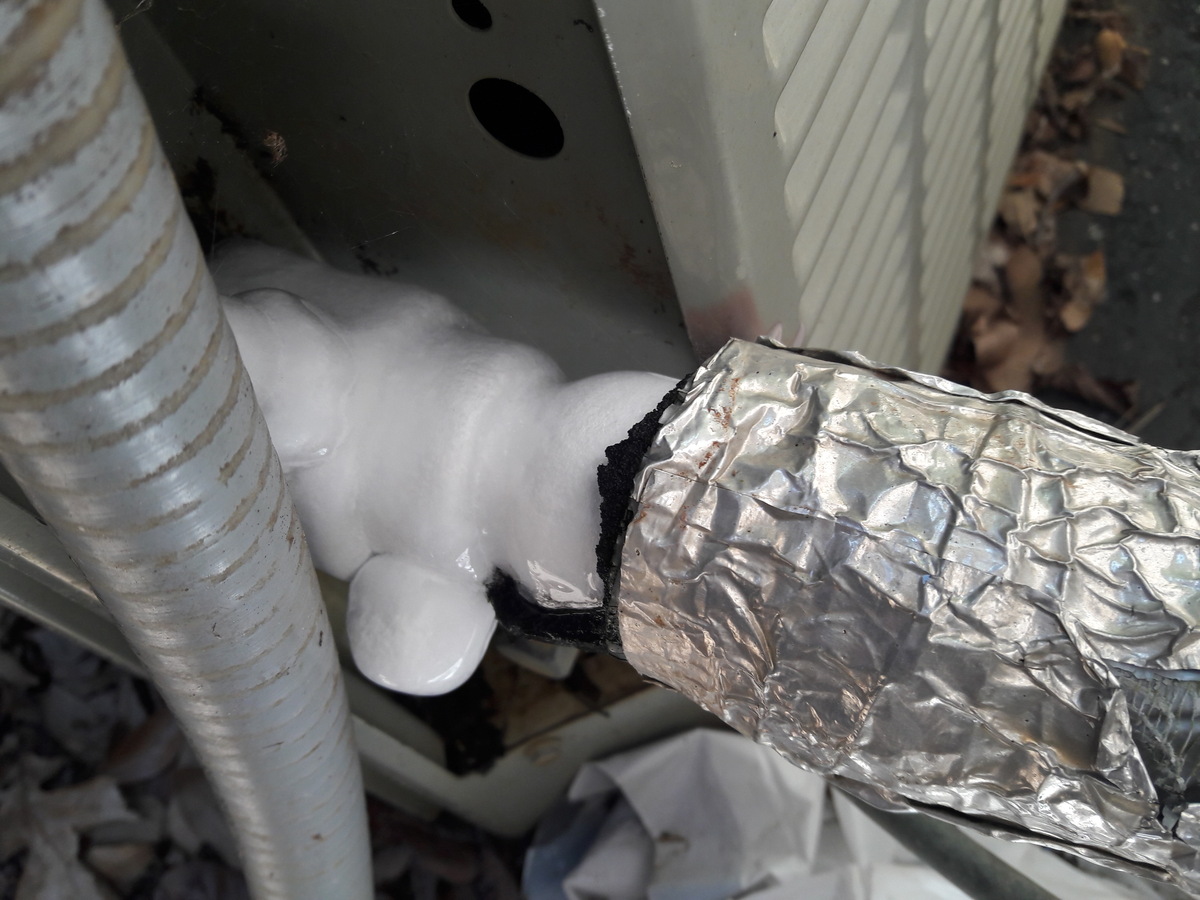
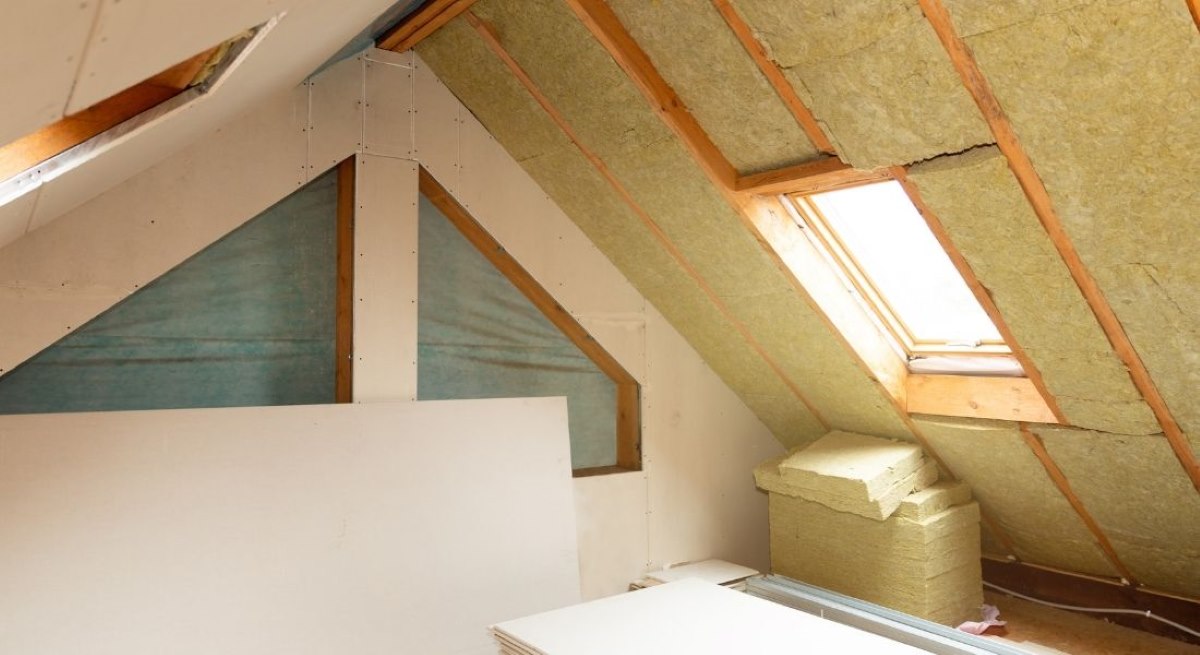
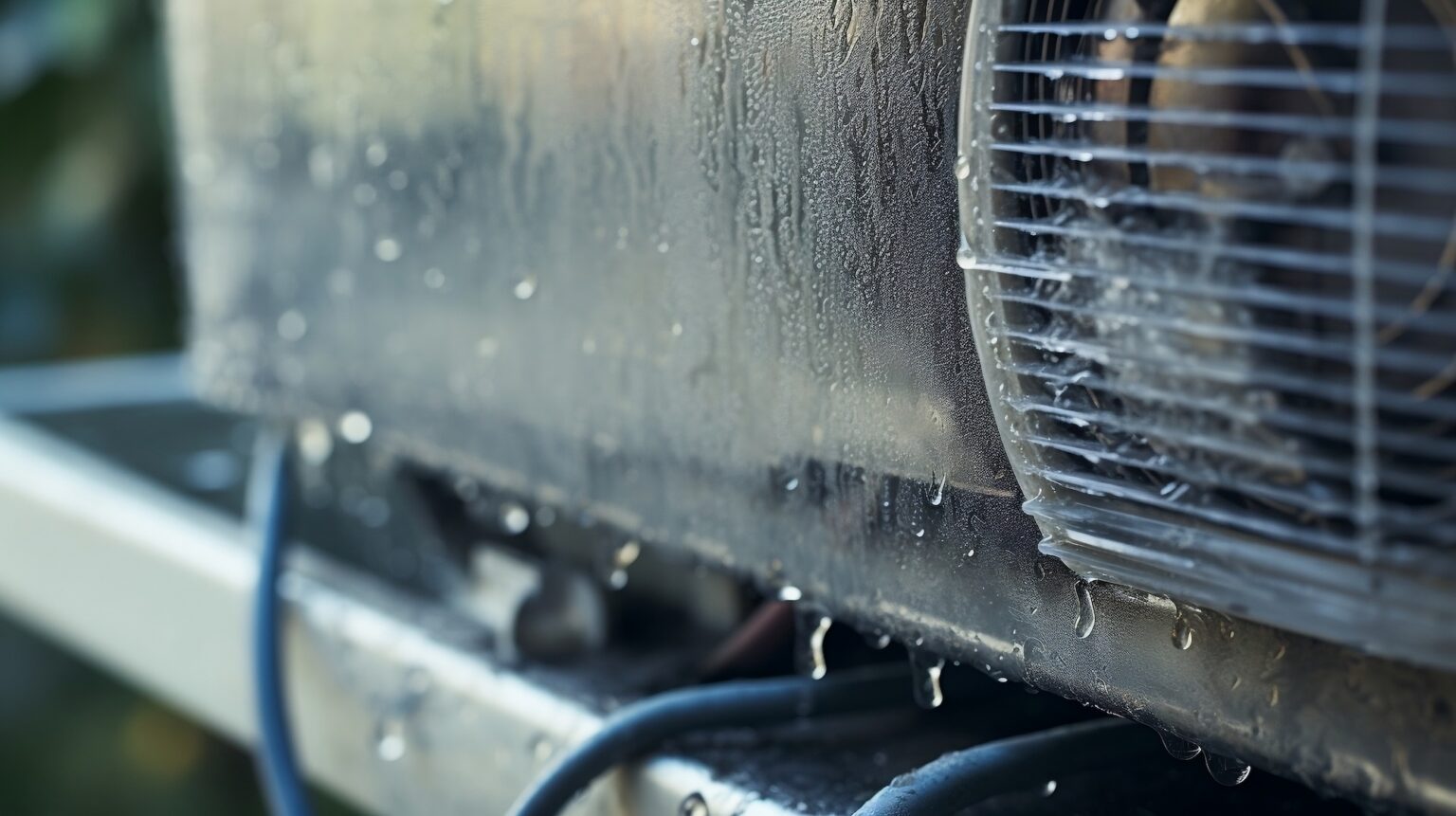

0 thoughts on “How To Keep Pipes In Attic From Freezing”